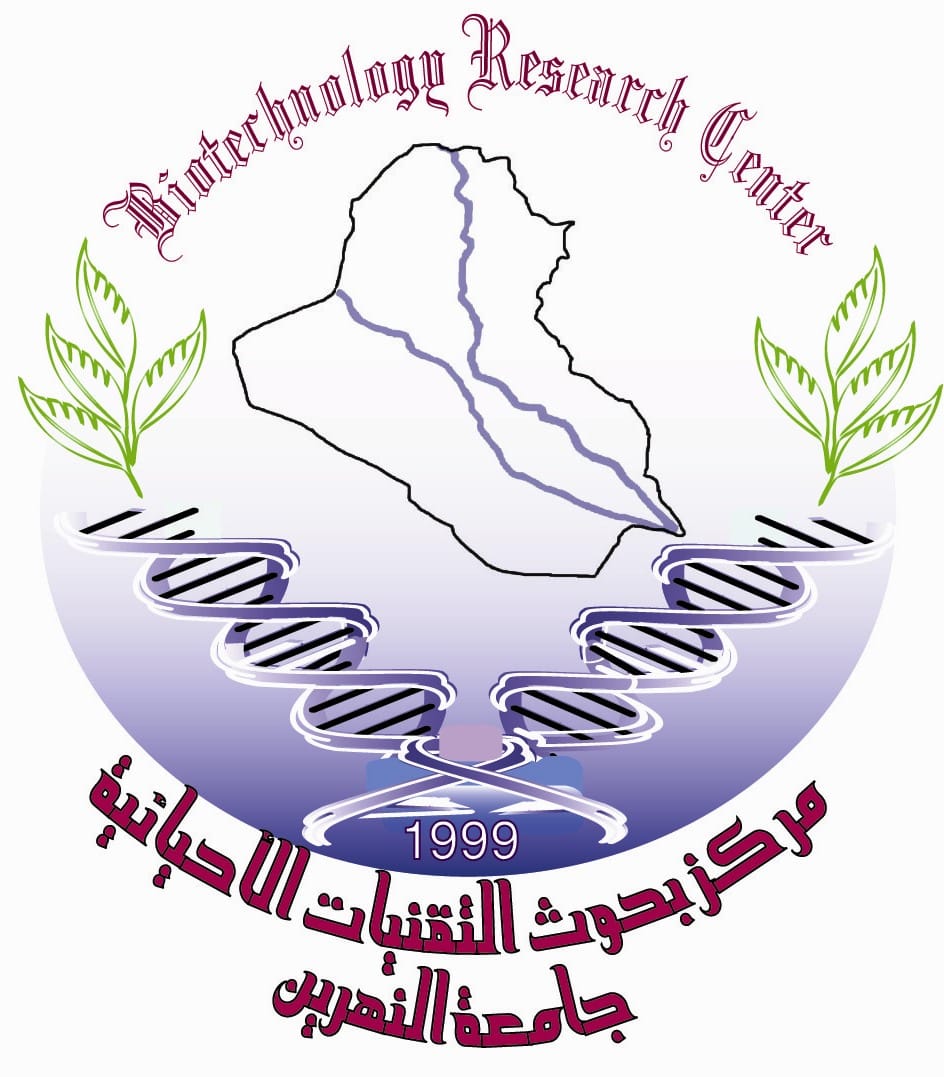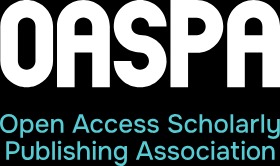Induction of Genetic Variation for Salt Tolerance in Tissue Culture of Capsicum annuumL.
DOI:
https://doi.org/10.24126/jobrc.2016.10.1.450Keywords:
Capsicum annuum, Salinity tolerance genes, PCRAbstract
Study the effect of BA at concentrations of (0.0,1,2,3and4)mg/L. and IAA at concentrations
(0.0,0.5,1,1.5,2)mg/L. in callus induction from pepper plant explants (leaves, stem) as well as the effect of (0.0,
0.05, 0.1,0.15,0.2,0.25) NaCl on callus growth and regeneration salt tolerance plants studied. (PCR-RAPD)
technique was used for tested salinity tolerance genes. The best medium for callus induction was MS medium
modified with (2 mg/L. IAA+ 4 mg/L.BA). Results showed significantly decreased in fresh and dry weight of
callus with increasing salt concentration on MS medium. The results showed increased proline and
carbohydrate content in callus with increasing salt concentrations on MS medium. Lower percentage of callus
regeneration was recorded with increased salt concentration on MS medium. Agricultural medium consisted of
sand and peat moss at 3:1 v/v ratio. The best agricultural medium for plants acclimation 79%. The salt
genotype samples have all sequence of primers which code for salinity genes with five primers for loci of
salinity tolerance.
Downloads
Published
How to Cite
Issue
Section
License
This is an Open Access article distributed under the terms of the creative commons Attribution (CC BY) 4.0 license which permits unrestricted use, distribution, and reproduction in any medium or format, and to alter, transform, or build upon the material, including for commercial use, providing the original author is credited.











